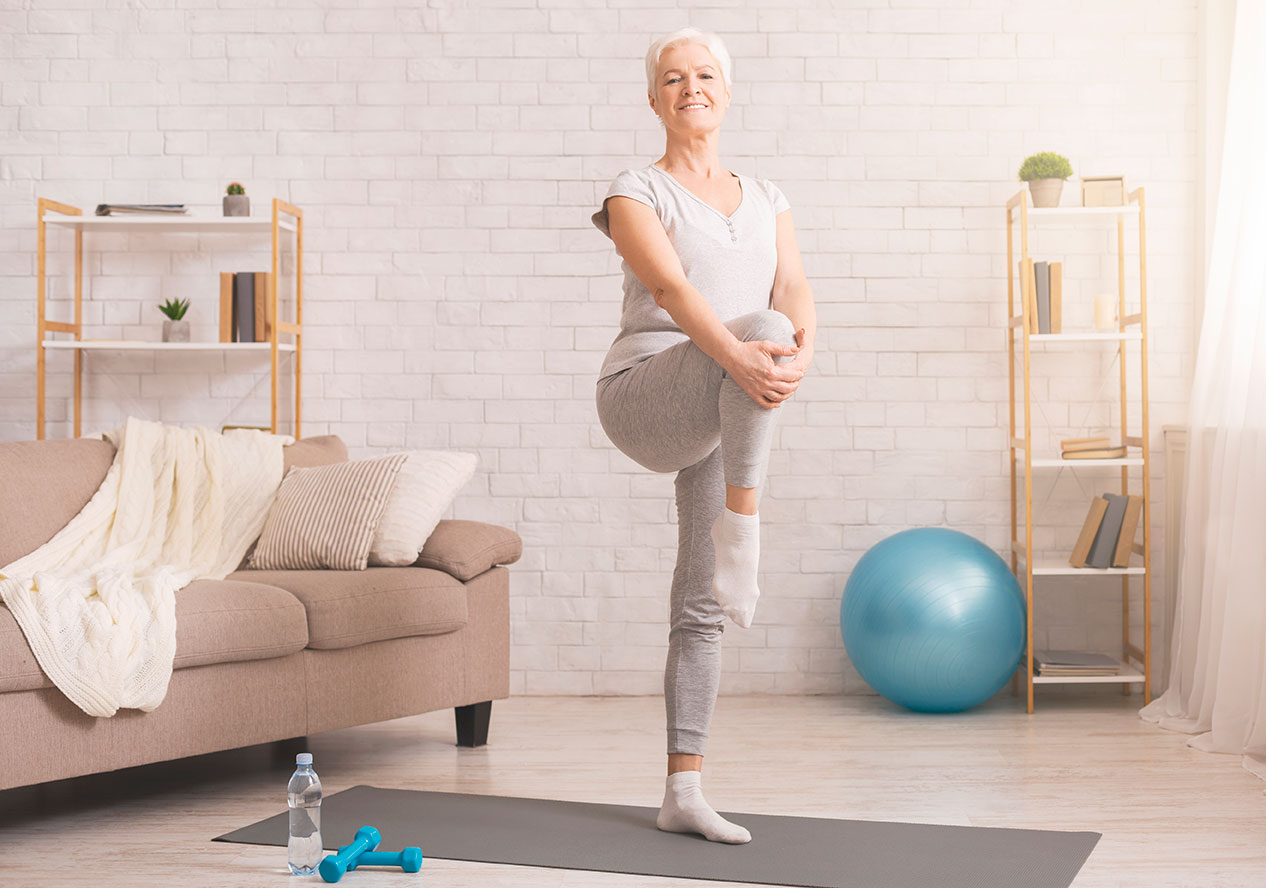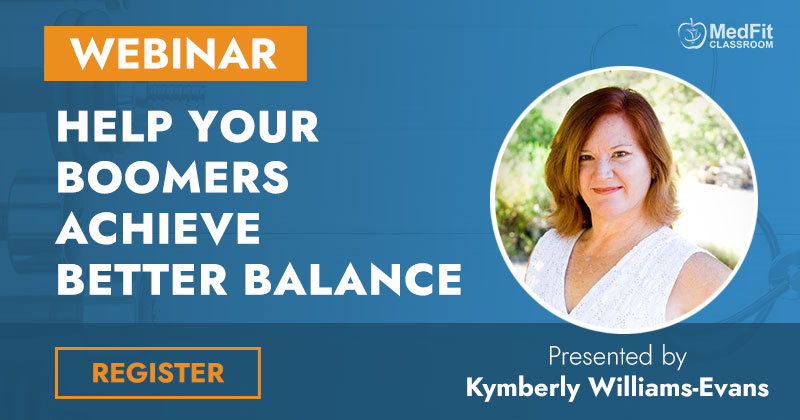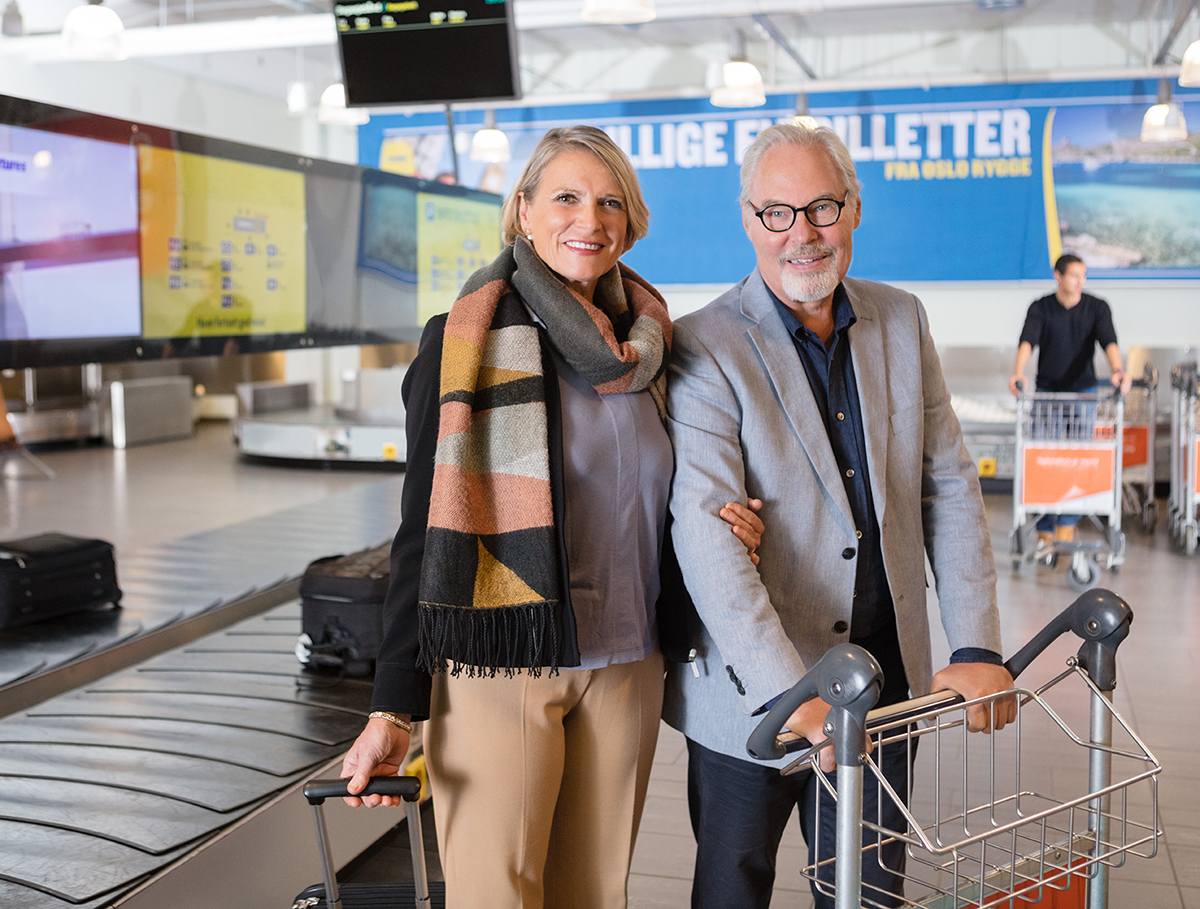Better Balance via Dynamic, Integrated Training
With the right training, you can help older adults retain or regain balance and reduce fall risk. Losing balance as we age is not inevitable. However, your older clients may express increasing concerns about falling. Those concerns may be well founded, especially if their senses are diminishing with each passing year. Certainly lack of movement also contributes to balance challenges.
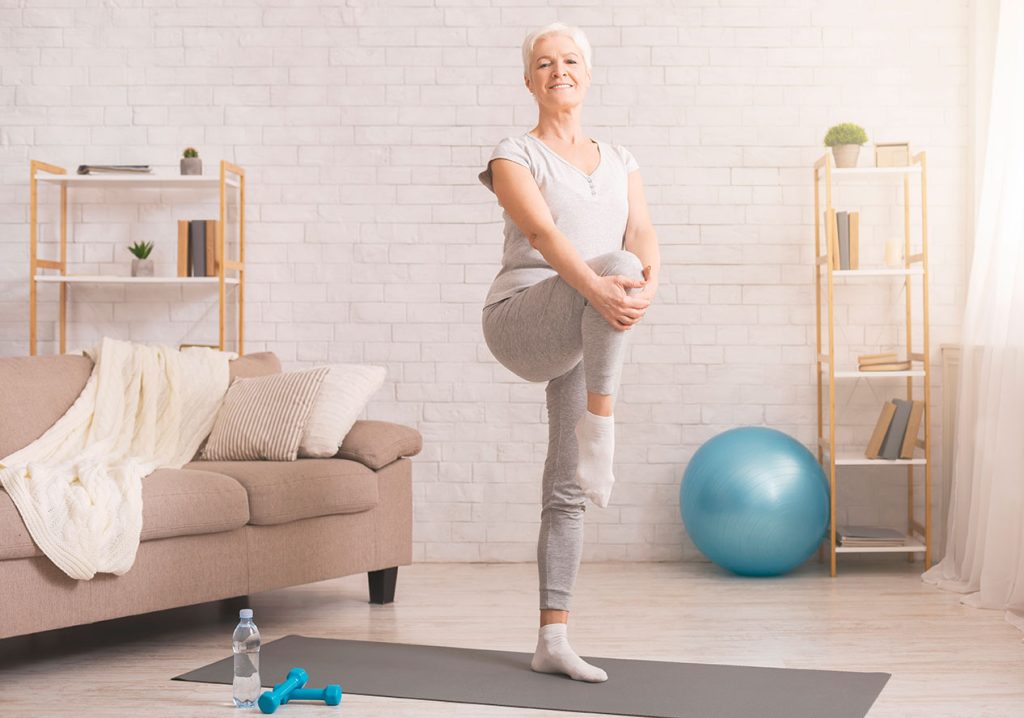
We rely on information from our body in space and the environment to stay upright. Both internal and external factors affect this ability (over 200 factors. Wow!). For instance, we notice where we are in relation to the terrain and anticipate and adjust accordingly. But if the information coming in is compromised – due to weakening vision or hearing loss, for example – balance is compromised. Certainly if your clients have lost muscle mass over the years, their fall risk rises as well.
Fortunately, whether you work one-on-one or with a group, you can design effective, science-based, cutting edge balance workouts. The “old school” approach of offering static balance moves to reduce the risk of falling by standing on one leg is not backed by research. Instead, offer dynamic, integrated, functional tasks and movement challenges.
Three Systems Affecting Balance
Before addressing training protocols, let’s review the three internal systems that affect balance. Let’s call these three systems “Feel Me, Hear Me, See Me.” (Any of you just get “Tommy, the Who” playing in your head?) When any system is not functioning correctly, a person can feel off-balance.
Visual – See Me: (the most heavily used system) The visual system works with the vestibular system (defined below) by sending signals from the eye muscles to the balance organs in the inner ear. For instance, when you turn your head, your eyes go in the opposite direction. If eyesight degenerates, balance becomes more challenging.
Vestibular – Hear Me: This inner ear system lets us know that even when our bodies move through space, the world is not suddenly shifting. Our legs, ankles, knees, and neck muscles also send signals that help us keep our balance.
Somatosensory – Feel Me: A complex system of sensory neurons and pathways that responds to changes at the surface or inside the body, the somatosensory system is also involved in maintaining postural balance. Proprioceptors within the joints, muscles, and inner ear give us info about our body’s movement relative to its base of support and the various body parts. Relaying information about body position to the brain allows it to activate the appropriate motor response or movement.
If any of these three systems give faulty or reduced data to the Central Nervous System, the response will be also reduced. Bad data in; bad data out. So if your clients have inner ear issues, sarcopenia or stiff feet, for instance, balance will be negatively affected.
Four Integrated Factors to Address: Balance: Posture, Strength, Cognition
In addition to taking into account the three internal systems defined above, Balance, Posture, Strength (including speed and power), and Cognition are also critical and integrated factors. If you affect one, you affect the others.
A well-designed and effective balance program will offer tasks that recognize the integrated aspect of balance, posture, speed, power, and coordination (aka cognition). Look for dynamic exercises that enhance the above.
Walking: The Ultimate Dynamic, Functional Balance Activity
The prime example is gait. Walking is our number one functional balance activity. Every leg swing through requires balance on one leg. Therefore a balance program for older adults needs to offer some form of gait training: walking slowly, walking quickly, walking with stops and starts, walking up and down steps, walking backwards, walking with frequent turns, walking around obstacles. You get the idea.
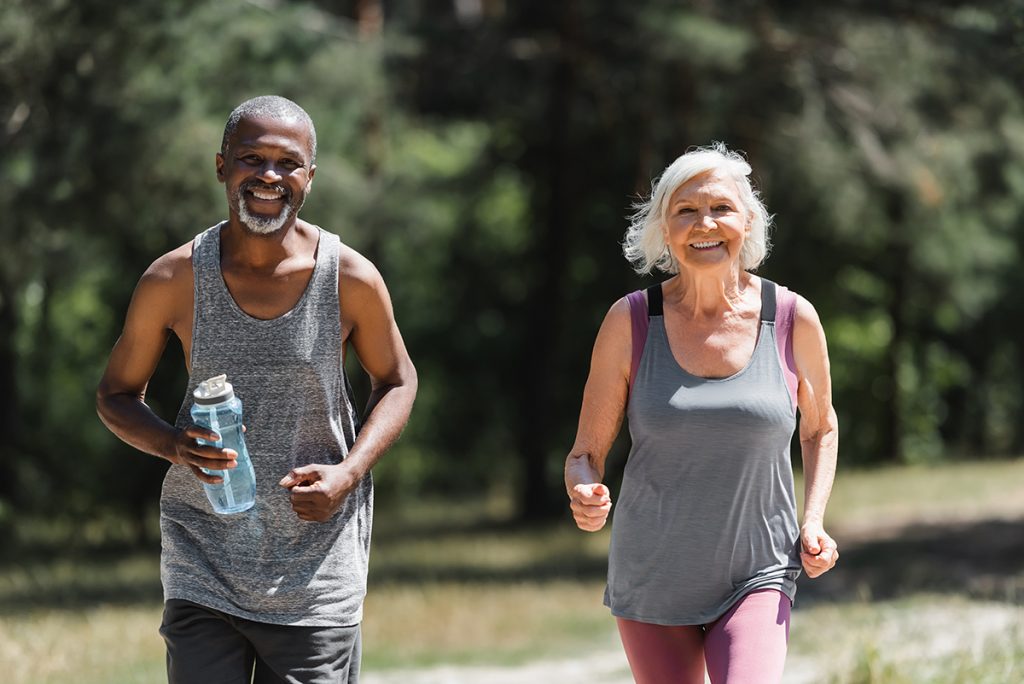
In order to accomplish these gait tasks, clients will simultaneously improve their posture and/or strength as they strive to follow your cues. For an additional posture challenge, they can put glider discs, foam yoga blocks, or small, deflated balls on their head while walking (forwards and backwards). You can cue random squats or hops or small jumps as they walk with the glider or ball staying in place.
They may also improve their cognition if they are walking while citing their childhood phone number or counting backwards by threes or naming animals in alphabetical order. To challenge their senses, you can dim the lights or play music or cue them to walk in ever-decreasing space without running into each other or anything in the room. Of course, safety is always the first consideration, so choose your variations according to your client’s or group’s abilities.
Can your clients walk and talk at the same time? We take this ability for granted, however older adults may start to walk in stops and starts if the cognitive load increases. Challenge them to maintain a constant speed while thinking through a conversation, math problem, recall task, or verbal pattern (such as naming their teachers from kindergarten through sixth grade).
To challenge their somatosensory, vestibular, and visual senses, ask them to toss a tissue or balloon or scarf in the air as they walk. Right hand toss and catch only; then left; then two-handed. Then have them toss the item back and forth with you or other group members. Do you see where you are also addressing at least two of the four integrated factors with these challenges?
Walking examples are just a fraction of the tasks, games, and exercises you can use to help your clients with their balance. For more ideas and exercises that out the above factors into action, view the related webinar, “Help Your Boomers Achieve Better Balance.”
Older adults want to ford streams when hiking, climb stairs abroad where no railings exist, recover when they do fall. In short, they want the freedom to move, walk, and balance with confidence and a spring in their (upright) step. If you apply the concepts of function, dynamic movement, and an integrated approach, you will offer them an effective (and dare I say, “fun”) balance program.
Webinar: Help Your Boomers Achieve Better Balance
Whether you work one-on-one or with a group, you can design effective, science-based, cutting edge balance workouts. Join Kymberly Williams-Evans for this webinar to learn more!
Kymberly Williams-Evans PhD (ABD) has taught fitness to more than 40,000 participants on 4 continents in 4 languages. Her teaching career spans land, sea, and airwaves and started in the first aerobics studio in Europe. Former faculty at University of California Santa Barbara in both the Dept of Exercise and Sports Studies and English, she specializes in baby boomer and older adult group exercise. Her newly released online Better Balance course offers more than 120 videos and concise manual for both pros and consumers.

